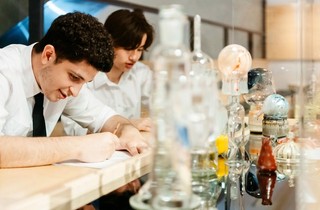Education Resources
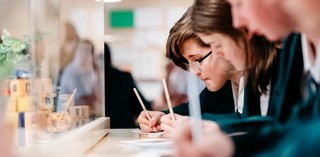
Students participating in a workshop / Photograph: J Ruckli © QAGOMA / View full image
Connect curriculum with exhibitions and our Collection through a range of learning resources for primary and secondary levels.
Featured Resources
-

Creative Generation: In Residence 2024 Digital Exhibition
-

Olafur Eliasson Presence
- When 6 Dec 2025 – 12 Jul 2026
- Where GOMA
-

Archie Moore: kith and kin
- When 27 Sep 2025 – 18 Oct 2026
- Where GOMA
-

Wonderstruck
- When 28 Jun – 6 Oct 2025
- Where GOMA
-

Creative Generation 2025: Excellence Awards in Visual Art
- When 31 May – 31 Aug 2025
- Where GOMA
First Nations Artists
See all First Nations Artists resources-

Archie Moore: kith and kin
- When 27 Sep 2025 – 18 Oct 2026
- Where GOMA
-
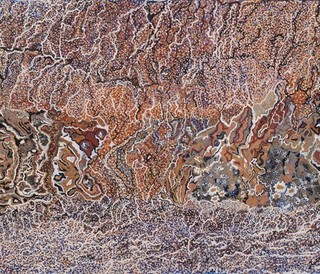
Mavis Ngallametta: Show me the way to go home
- When 21 Mar 2020 – 7 Feb 2021
- Where QAG
-
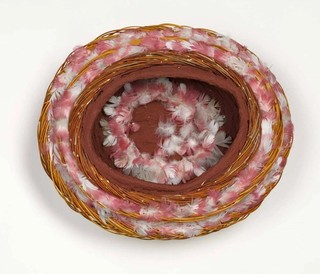
Shirley Macnamara: Dyinala, Nganinya
- When 21 Sep 2019 – 1 Mar 2020
- Where QAG
-
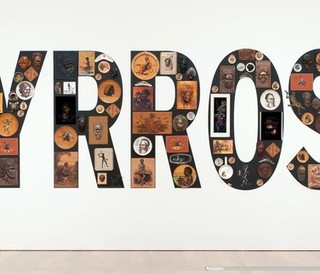
Tony Albert: Visible Resources
- When 2 Jun – 7 Oct 2018
- Where QAG
Australian Artists
See all Australian Artists resources-
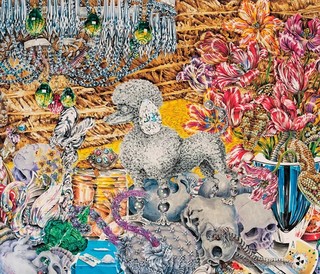
eX de Medici: Beautiful Wickedness Resource
- When 24 Jun – 2 Oct 2023
- Where GOMA
-

Michael Zavros: The Favourite Resource
- When 24 Jun – 2 Oct 2023
- Where GOMA
-
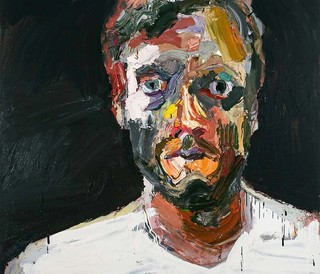
Quilty Resources
- When 29 Jun – 13 Oct 2019
- Where GOMA
-
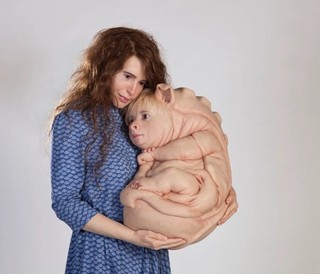
Patricia Piccinini: Curious Affection Resources
- When 24 Mar – 5 Aug 2018
- Where GOMA
Asian & Pasifika Artists
See all Asian & Pasifika Artists resources-
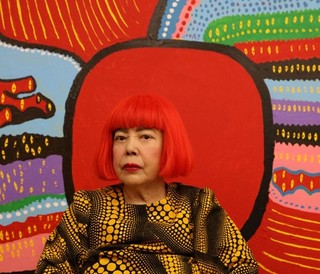
Yayoi Kusama: Life is the Heart of a Rainbow Resource
- When 4 Nov 2017 – 11 Feb 2018
- Where GOMA
-
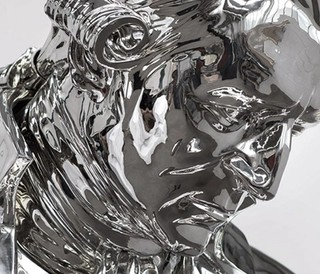
Michael Parekowhai: The Promised Land
- When 28 Mar – 21 Jun 2015
- Where GOMA
-
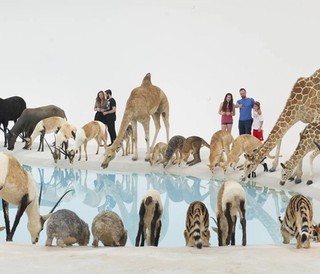
Cai Guo-Qiang: Falling Back to Earth
- When 23 Nov 2013 – 12 May 2014
- Where GOMA
-
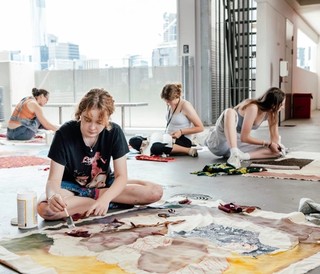
Creative Generation: In Residence 2023 Digital Exhibition
International Artists
See all International Artists resources-

Olafur Eliasson Presence
- When 6 Dec 2025 – 12 Jul 2026
- Where GOMA
-
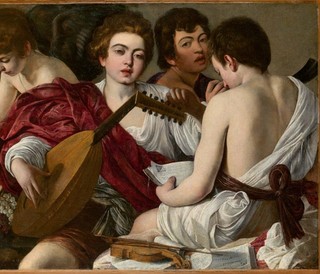
European Masterpieces from The Metropolitan Museum of Art, New York Resources
- When 12 Jun – 17 Oct 2021
- Where GOMA
-
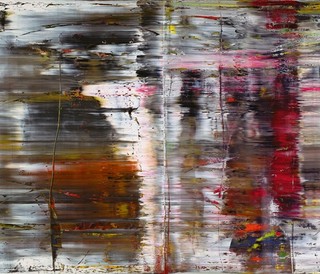
Gerhard Richter: The Life of Images
- When 14 Oct 2017 – 4 Feb 2018
- Where GOMA
-
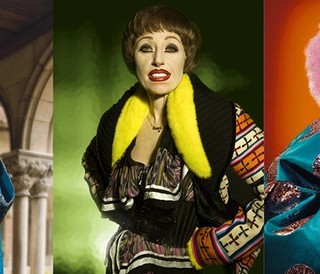
Cindy Sherman
- When 28 May – 3 Oct 2016
- Where QAG & GOMA
Exhibition Resources
See all Exhibition resources-

Archie Moore: kith and kin
- When 27 Sep 2025 – 18 Oct 2026
- Where GOMA
-

Olafur Eliasson Presence
- When 6 Dec 2025 – 12 Jul 2026
- Where GOMA
-

Wonderstruck
- When 28 Jun – 6 Oct 2025
- Where GOMA
-

Creative Generation 2025: Excellence Awards in Visual Art
- When 31 May – 31 Aug 2025
- Where GOMA
Asia Pacific Triennial
See all Asia Pacific Triennial resources-

The 11th Asia Pacific Triennial Resources
- When 30 Nov 2024 – 27 Apr 2025
- Where QAG & GOMA
-
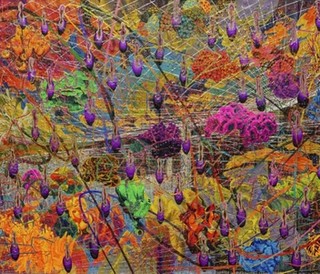
APT10 Resource
- When 4 Dec 2021 – 25 Apr 2022
- Where QAG & GOMA
-
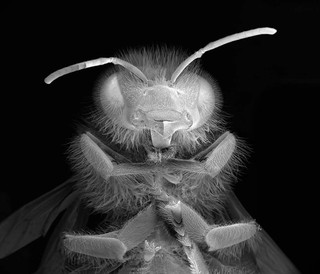
APT9 Resources
- When 24 Nov 2018 – 28 Apr 2019
- Where QAG & GOMA
-
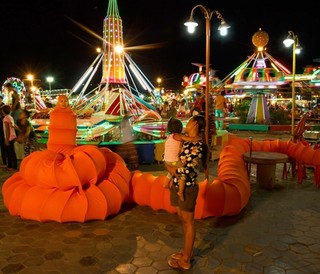
APT8 Resources
- When 21 Nov 2015 – 10 Apr 2016
- Where QAG & GOMA
Creative Generation
See all Creative Generation resources-

Creative Generation: In Residence 2024 Digital Exhibition
-

Creative Generation 2025: Excellence Awards in Visual Art
- When 31 May – 31 Aug 2025
- Where GOMA
-
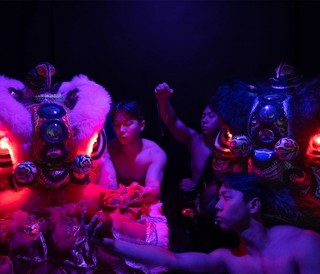
Creative Generation 2023 Excellence Awards in Visual Art
- When 22 Apr – 6 Aug 2023
- Where GOMA
-

Creative Generation: In Residence 2023 Digital Exhibition
All Resources
-
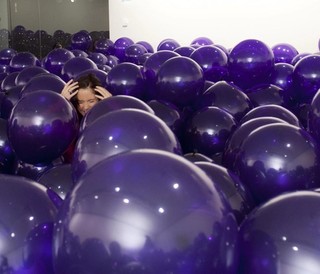
21st Century: Art in the First Decade
- When 18 Dec 2010 – 26 Apr 2011
- Where GOMA
-
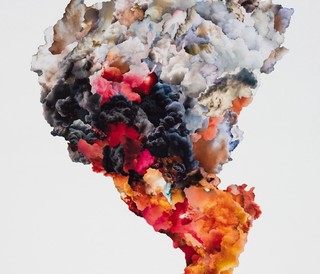
Air Resources
- When 26 Nov 2022 – 23 Apr 2023
- Where GOMA
-
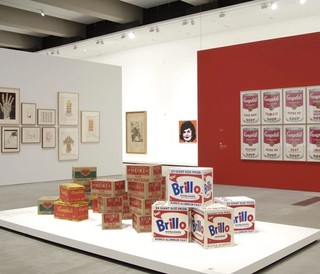
Andy Warhol
- When 8 Dec 2007 – 13 Apr 2008
- Where GOMA
-
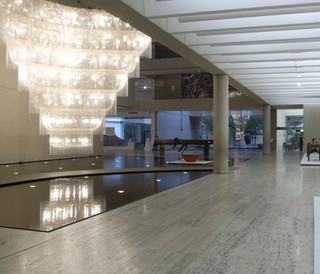
APT5 Resources
- When 2 Dec 2006 – 27 May 2007
- Where QAG & GOMA
-
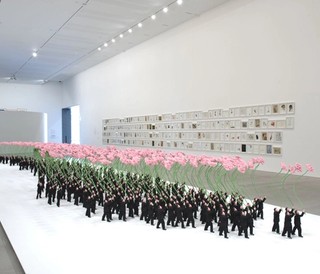
APT6 Resources
- When 5 Dec 2009 – 5 Apr 2010
- Where QAG & GOMA
-
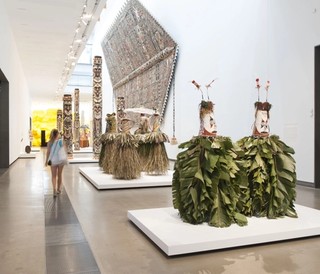
APT7 Resources
- When 8 Dec 2012 – 14 Apr 2013
- Where QAG & GOMA
-

APT8 Resources
- When 21 Nov 2015 – 10 Apr 2016
- Where QAG & GOMA
-

APT9 Resources
- When 24 Nov 2018 – 28 Apr 2019
- Where QAG & GOMA
-

APT10 Resource
- When 4 Dec 2021 – 25 Apr 2022
- Where QAG & GOMA
-

Archie Moore: kith and kin
- When 27 Sep 2025 – 18 Oct 2026
- Where GOMA
-

Art Academy Digital Exhibition
-

Cai Guo-Qiang: Falling Back to Earth
- When 23 Nov 2013 – 12 May 2014
- Where GOMA
-

Cindy Sherman
- When 28 May – 3 Oct 2016
- Where QAG & GOMA
-
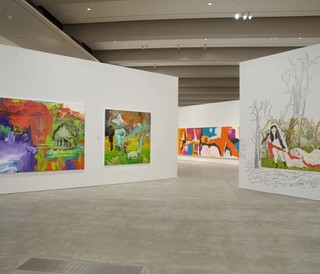
Contemporary Australia Optimism
- When 15 Nov 2008 – 22 Feb 2009
- Where GOMA
-
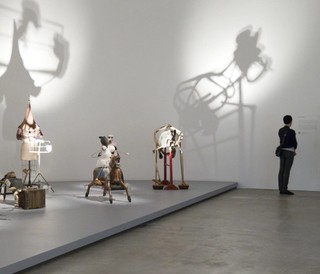
Contemporary Australia: Women
- When 21 Apr – 22 Jul 2012
- Where GOMA
-
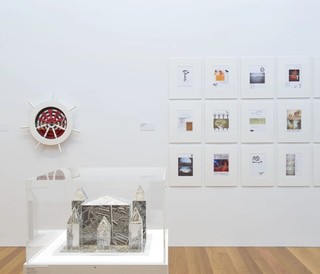
Creative Generation 2009 Artists' Statements
- When 13 Mar – 17 May 2009
- Where GOMA
-

Creative Generation 2011 Artists' Statements
- When 28 May – 21 Aug 2011
- Where GOMA
-
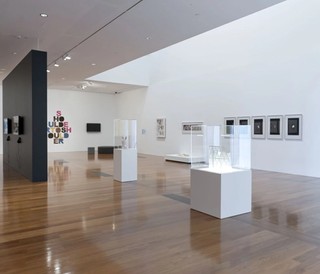
Creative Generation 2012 Artists' Statements
- When 3 Mar – 3 Jun 2012
- Where GOMA
-
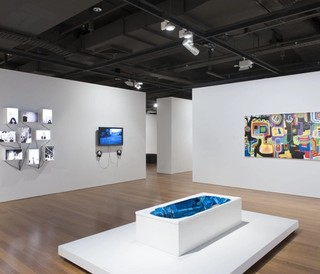
Creative Generation 2013 Artists' Statements
- When 10 May – 11 Aug 2013
- Where GOMA
-
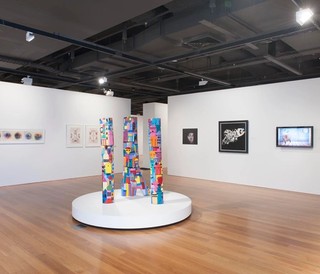
Creative Generation 2014 Artists' Statements
- When 5 Apr – 22 Jun 2014
- Where GOMA
-
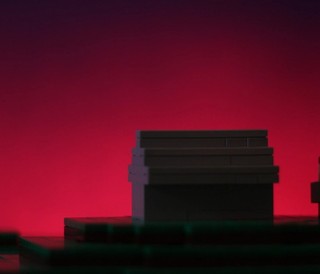
Creative Generation 2015 Artists' Statements
- When 18 Apr – 12 Jul 2015
- Where GOMA
-

Creative Generation 2016 Artists' Statements
- When 7 May – 14 Aug 2016
- Where GOMA
-
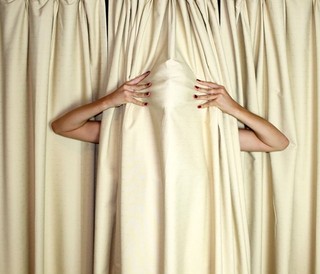
Creative Generation 2017 Artists' Statements
- When 8 Apr – 30 Jul 2017
- Where GOMA
-
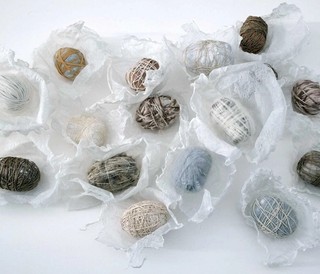
Creative Generation 2018 Artists' Statements
- When 21 Apr – 29 Jul 2018
- Where GOMA
-
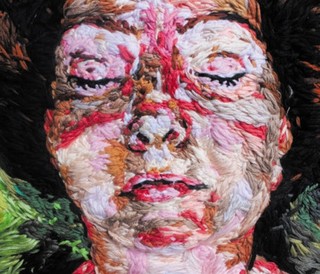
Creative Generation 2019 Artists' Statements
- When 25 May – 25 Aug 2019
- Where GOMA
-
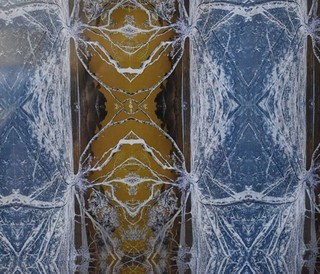
Creative Generation 2020
- When 18 Apr – 22 Jun 2020
-

Creative Generation 2021 Excellence Awards in Visual Art
- When 24 Apr – 8 Aug 2021
- Where GOMA
-
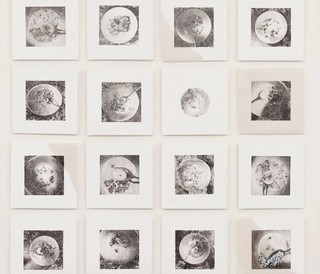
Creative Generation 2022 Excellence Awards in Visual Art
- When 28 May – 21 Aug 2022
- Where GOMA
-

Creative Generation 2023 Excellence Awards in Visual Art
- When 22 Apr – 6 Aug 2023
- Where GOMA
-
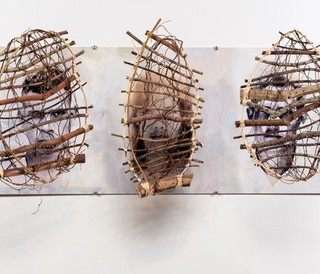
Creative Generation 2024: Excellence Awards in Visual Art
- When 27 Apr – 25 Aug 2024
- Where GOMA
-

Creative Generation 2025: Excellence Awards in Visual Art
- When 31 May – 31 Aug 2025
- Where GOMA
-

Creative Generation: In Residence 2023 Digital Exhibition
-

Creative Generation: In Residence 2024 Digital Exhibition
-
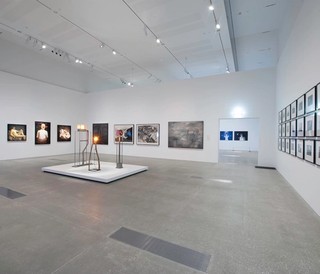
David Lynch: Between Two Worlds
- When 14 Mar – 8 Jun 2015
- Where GOMA
-
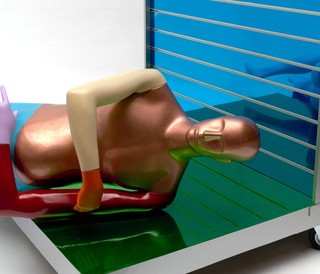
Embodied Knowledge Resources
- When 13 Aug 2022 – 22 Jan 2023
- Where QAG
-
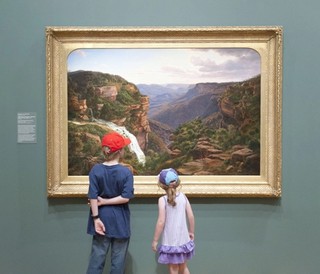
Eugene von Guérard: Nature Revealed
- When 17 Dec 2011 – 4 Mar 2012
- Where QAG
-

European Masterpieces from The Metropolitan Museum of Art, New York Resources
- When 12 Jun – 17 Oct 2021
- Where GOMA
-

eX de Medici: Beautiful Wickedness Resource
- When 24 Jun – 2 Oct 2023
- Where GOMA
-
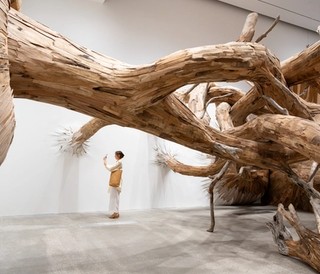
Fairy Tales Resources
- When 2 Dec 2023 – 28 Apr 2024
- Where GOMA
-

Gerhard Richter: The Life of Images
- When 14 Oct 2017 – 4 Feb 2018
- Where GOMA
-
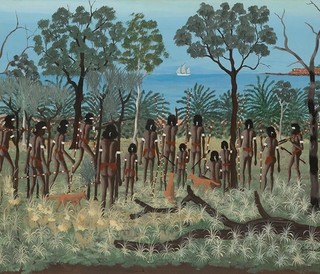
Get Up, Stand Up: Indigenous Australian Art Collection
- When 19 Dec 2020 – 15 Jan 2023
- Where QAG
-
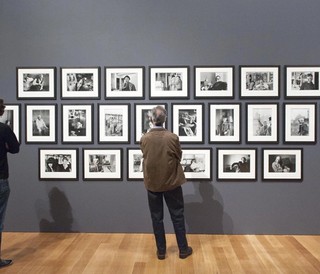
Henri Cartier-Bresson: The Man, The Image & The World
- When 27 Aug – 27 Nov 2011
- Where GOMA
-

Iris van Herpen Resources
- When 29 Jun – 7 Oct 2024
- Where GOMA
-
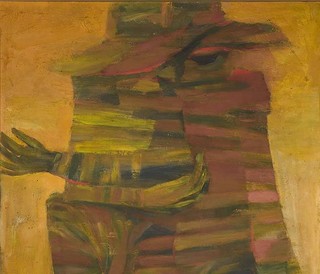
Jon Molvig: Maverick
- When 14 Sep 2019 – 2 Feb 2020
- Where QAG
-
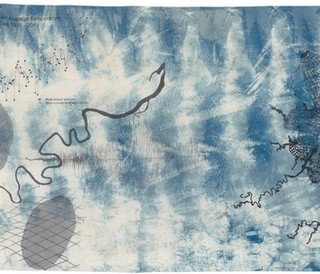
Judy Watson
- When 23 Mar – 11 Aug 2024
- Where QAG
-
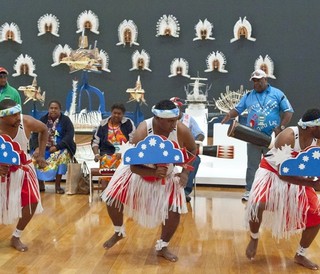
Land, Sea and Sky: Contemporary Art of the Torres Strait Islands
- When 1 Jul – 9 Oct 2011
- Where GOMA
-

Learning Collection
-
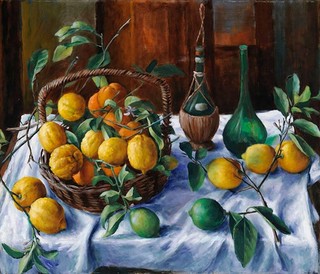
Margaret Olley: A Generous Life Resources
- When 15 Jun – 13 Oct 2019
- Where GOMA
-
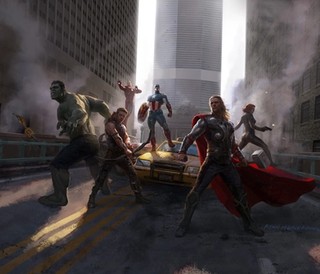
Marvel: Creating the Cinematic Universe
- When 27 May – 3 Sep 2017
- Where GOMA
-
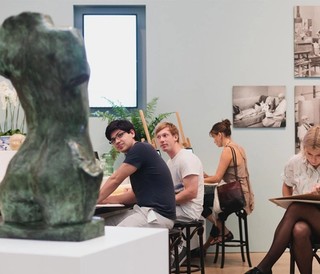
Matisse: Drawing Life
- When 3 Dec 2011 – 4 Mar 2012
- Where GOMA
-

Mavis Ngallametta: Show me the way to go home
- When 21 Mar 2020 – 7 Feb 2021
- Where QAG
-
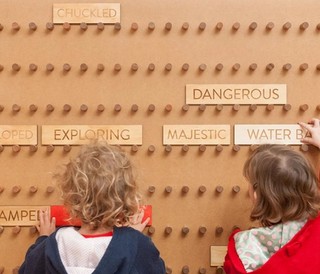
Mayfair: (Swamp Rats) Ninety-Seven Signs for C.P., J.P., B.W., G.W. & R.W. 1994-94
- When 27 Jun – 5 Oct 2015
- Where GOMA
-

Michael Parekowhai: The Promised Land
- When 28 Mar – 21 Jun 2015
- Where GOMA
-

Michael Zavros: The Favourite Resource
- When 24 Jun – 2 Oct 2023
- Where GOMA
-
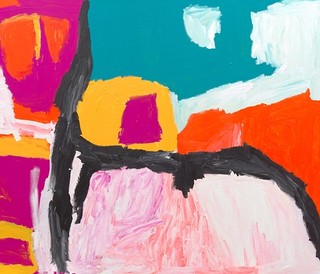
Mirdidingkingathi Juwarnda Sally Gabori: Dulka Warngiid – Land of all
- When 21 May – 28 Aug 2016
- Where QAG
-
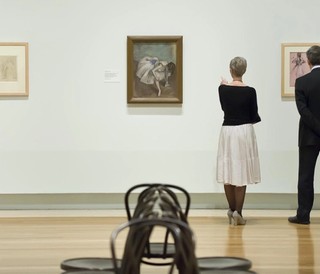
Modern Woman: Daughters and Lovers 1850 — 1918 Drawings from the Musée d’Orsay, Paris
- When 24 Mar – 24 Jun 2012
- Where QAG
-
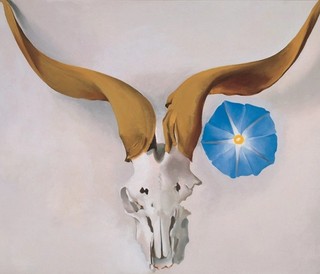
O'Keeffe, Preston, Cossington Smith: Making Modernism
- When 11 Mar – 11 Jun 2017
- Where QAG
-

Olafur Eliasson Presence
- When 6 Dec 2025 – 12 Jul 2026
- Where GOMA
-

Patricia Piccinini: Curious Affection Resources
- When 24 Mar – 5 Aug 2018
- Where GOMA
-
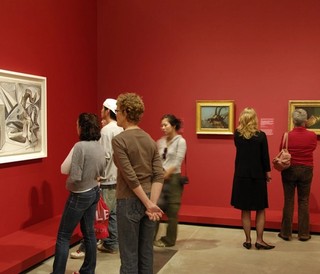
Picasso & His Collection
- When 9 Jun – 14 Sep 2008
- Where GOMA
-
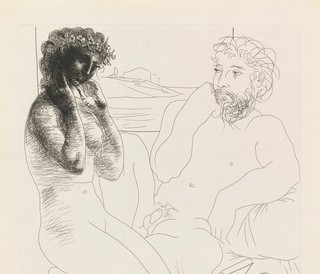
Picasso: The Vollard Suite Resource
- When 2 Dec 2017 – 15 Apr 2018
- Where QAG
-
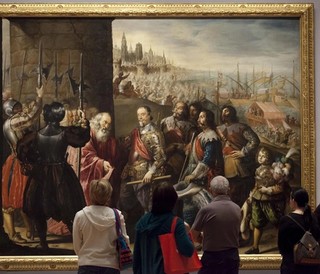
Portrait of Spain: Masterpieces from the Prado
- When 21 Jul – 4 Nov 2012
- Where QAG
-

Quilty Resources
- When 29 Jun – 13 Oct 2019
- Where GOMA
-
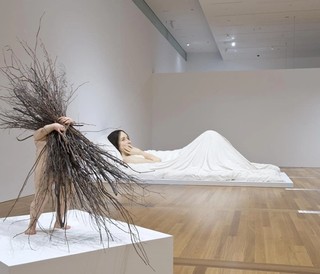
Ron Mueck
- When 8 May – 1 Aug 2010
- Where GOMA
-
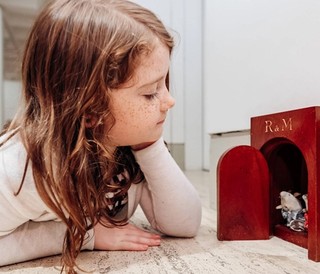
Roy and Matilda: Australian Art Collection
-
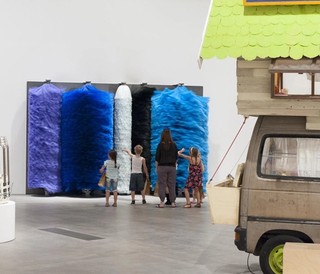
Sculpture is Everything
- When 18 Aug – 28 Oct 2012
- Where GOMA
-

Shirley Macnamara: Dyinala, Nganinya
- When 21 Sep 2019 – 1 Mar 2020
- Where QAG
-
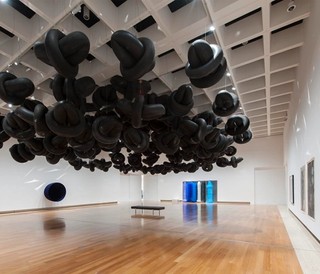
Sublime: Contemporary works from the Collection
- When 30 Aug 2014 – 24 May 2015
- Where QAG
-
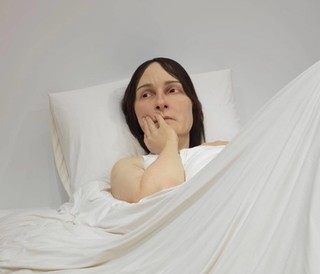
Sugar Spin (GOMA Turns 10)
- When 3 Dec 2016 – 17 Apr 2017
- Where GOMA
-
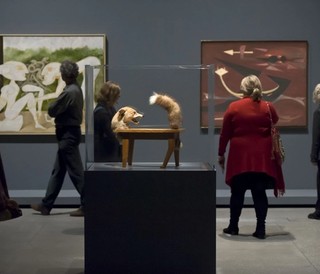
Surrealism: The Poetry of Dreams
- When 11 Jun – 2 Oct 2011
- Where GOMA
-

The 11th Asia Pacific Triennial Resources
- When 30 Nov 2024 – 27 Apr 2025
- Where QAG & GOMA
-
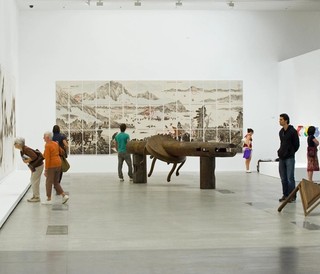
The China Project
- When 28 Mar – 28 Jun 2009
- Where GOMA
-
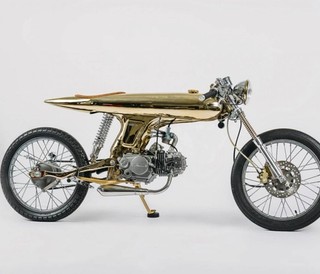
The Motorcycle: Design, Art, Desire Resources
- When 28 Nov 2020 – 26 Apr 2021
- Where GOMA
-
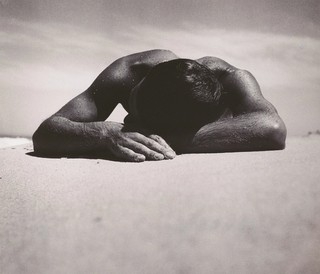
The Photograph and Australia
- When 4 Jul – 11 Oct 2015
- Where QAG
-

Tony Albert: Visible Resources
- When 2 Jun – 7 Oct 2018
- Where QAG
-
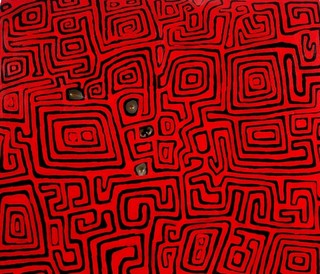
Transitions Now: Contemporary Aboriginal Forms and Images from the Collection
- When 6 Aug 2022 – 25 Jun 2023
- Where GOMA
-
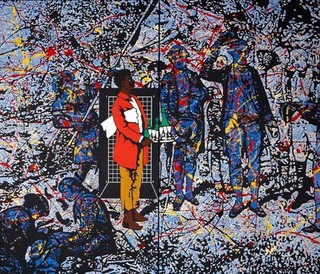
Unfinished Business: The Art of Gordon Bennett Resources
- When 7 Nov 2020 – 21 Mar 2021
- Where GOMA
-
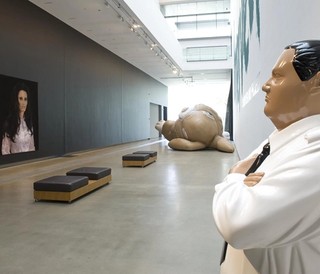
Unnerved: The New Zealand Project
- When 1 May – 4 Jul 2010
- Where GOMA
-
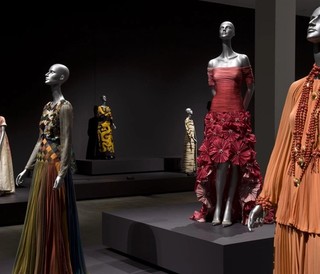
Valentino, Retrospective Past/Present/Future
- When 7 Aug – 14 Nov 2010
- Where GOMA
-
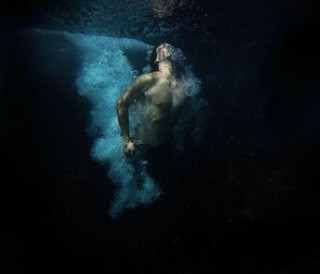
Water
- When 7 Dec 2019 – 23 Mar 2020
- Where GOMA
-
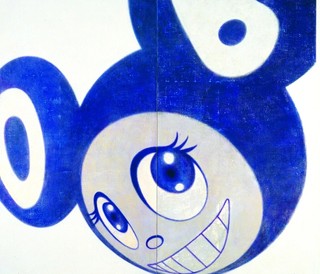
We Can Make Another Future: Japanese Art After 1989
- When 6 Sep 2014 – 20 Sep 2015
- Where GOMA
-
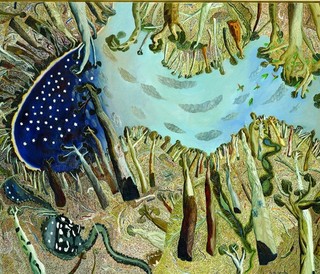
William Robinson
- When 9 May – 7 Oct 2013
- Where QAG
-

Wonderstruck
- When 28 Jun – 6 Oct 2025
- Where GOMA
-

Yayoi Kusama: Life is the Heart of a Rainbow Resource
- When 4 Nov 2017 – 11 Feb 2018
- Where GOMA
-
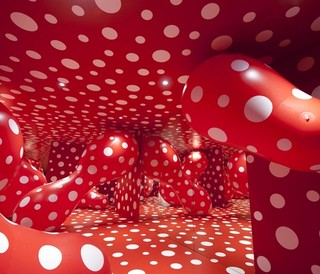
Yayoi Kusama: Look Now See Forever
- When 18 Nov 2011 – 11 Mar 2012
- Where GOMA
